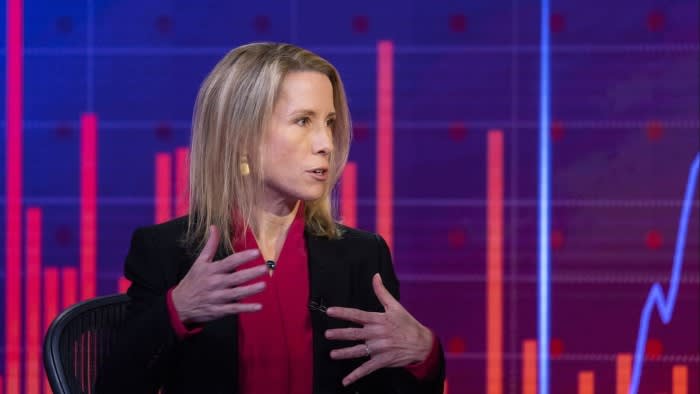Unlock the Editor’s Digest for free
Roula Khalaf, Editor of the FT, selects her favourite stories in this weekly newsletter.
Two of the insurance industry’s biggest companies, insurer Zurich and broker Aon, have created a new insurance scheme for hydrogen production to boost the development of a sector viewed as vital for the transition to clean energy.
The platform will bring together a number of insurers, led by Zurich, to underwrite smaller individual projects of up to $250mn in capital expenditure that would otherwise struggle to find insurance. The projects will be offered a range of cover from construction to operational risks.
The development comes at a time of growing concern about whether there is enough capacity in the insurance industry to provide the trillions of dollars of cover that will be required for green energy projects.
“The insurance is often the difference between go or no-go for these [smaller] projects,” said Joseph Peiser, global chief executive of commercial risk at Aon.
The cover targets two key low carbon methods of producing hydrogen: making it from natural gas and capturing the emissions released, and splitting it from water using renewable electricity. Peiser said the insurance facility had been two years in development but was now quoting for its first projects and could eventually provide policies for 10 to 20 projects a year, with total coverage running into the billions.
Around two-thirds of such hydrogen projects would be in the scope of the programme, he added.
Zurich will be the lead insurer on each project, in combination with other insurers, a model that is common to underwriting big commercial risks. Businesses will be able to buy cover for a range of risks, such as third-party liability for the construction phase through to cover for outages once a facility is built.
Sierra Signorelli, chief executive of commercial insurance at Zurich, said hydrogen had “immense potential” as a greener alternative to fossil fuel.
Many countries are counting on hydrogen to help cut carbon emissions, hoping it can be used instead of fossil fuels in sectors from steelmaking to transport and heavy industry.
However, the majority of hydrogen in use today is made by splitting it from natural gas, which releases carbon dioxide in the process.
Producing it in a lower carbon way requires either capturing and storing those emissions to make “blue” hydrogen, or extracting it from water using low carbon electricity for “green” hydrogen.
Both processes require major investment and the sector is currently held back by high costs and uncertainty over demand. The Zurich-Aon scheme is intended to cover a range of hydrogen infrastructure including production, storage and transportation.
Only 7 per cent of clean hydrogen projects around the world have so far been given the go-ahead with a final investment decision, according S&P Global Commodity Insights.
Those that have include the $8.4bn Neom project in Saudi Arabia, which plans to start production in 2026.
Molly Iliffe, head of hydrogen at consultancy Baringa, said insurance was “certainly a limiting factor” for some projects.
While hydrogen production in large-scale industrial facilities had been insured for decades, she added, new low-carbon production “is taking the sector into new areas with new risks that aren’t yet fully understood”.
In a separate project in Switzerland, Zurich is providing cover as part of a project to build 1,600 hydrogen-powered trucks by 2025.


